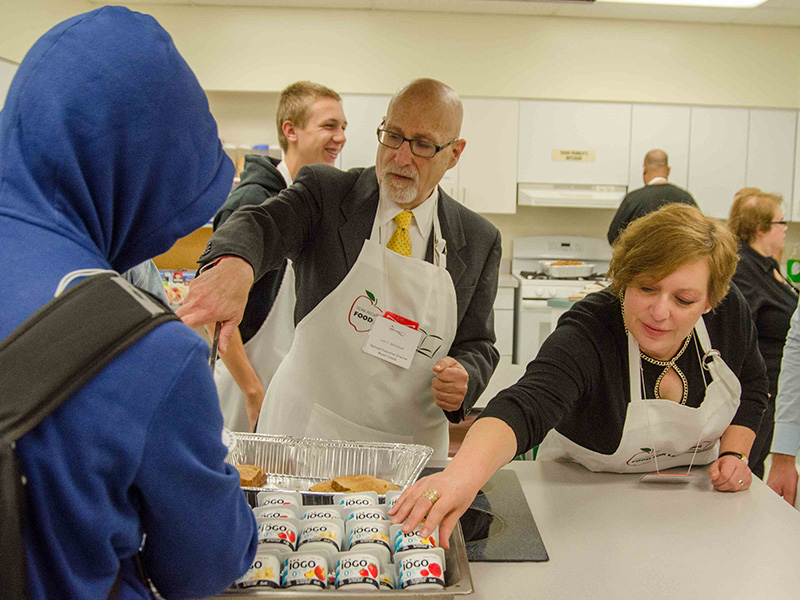A modern Orthodox friend of mine once remarked that he thought of the ongoing and exacting details of observing mitzvot as the equivalent of a musician endlessly practicing scales.
Although not exciting in and of itself, it trains the body, the brain and the spirit, so that when the time for an important performance comes, one simply does what is right. For a musician, the performance might be a difficult recital – Sergei Rachmaninoff’s famously challenging Ten Preludes, Opus 23, for example, or Mozart’s demanding Queen of the Night aria. For those engaged in mitzvot, the performance is making ethical choices.
I liked his formulation, and it has stayed with me. Characterized in that way, the act of practising can carry one past moments of profound doubt, whether in one’s own musical talents, or in the presence of the Divine. And while it pertains in a particular way to my friend’s religious community, it applies to other kinds of Jewish communities, as well. The key, I think, is being part of a community, a particular kind of community that sees itself as bound up with ideas about human connection and behaviour.
When I teach religious studies classes at York University, sometimes my students get caught up in contrasting the religious experience of revelation with that of mundane, regulated life. They are often caught by the immediacy of revelation, the erasure of doubt that follows a personal encounter with the Divine. But many of them point to the endurance of the more low key regularity of religious life. Some of them note that the rhythms of religious life spin strong webs of connectivity among people, in contrast to the isolation of the mystical occurrence.
READ: WHY SHOULD WE DO MITZVOT?
The centrality of community runs through an insightful book about Jewish commitment and spiritual life published at the beginning of our millennium. Thinking about the drifting of young people away from synagogue life, and about how to invigorate synagogue life, an American Conservative rabbi set out to analyze four “successful” synagogues, one from each of the major denominations. Out of this study emerged Rabbi Sidney Schwartz’s book, Finding a Spiritual Home.
While the book focused on Jewish life in the United States, its insights are deeply relevant to Canada today. The synagogues he profiled were successful not so much in financial terms, but in creating what he termed a “magical” atmosphere – communities where Judaism mattered “immediately” and “powerfully.” While each of the four synagogues were different from one another, they shared something important: they viewed themselves as “synagogue-communities.”
In different ways, their members saw themselves as responsible for their own spiritual lives. Rather than leaving things up to Jewish professionals, they engaged in shared Jewish projects, whether crafting their own prayer books, assisting the homeless or caring for one another in times of crisis. If we deploy my friend’s metaphor, the synagogue-community becomes a space that encourages its participants to “practise scales” in ways that radiate out as they engage with one another and with those around them.
I was struck by the impact of all this – the braided acts of practice, ethics and community – recently, as my husband was mourning the death of his gracious mother, Mary Richler Marks, who passed away just a month shy of her 100th birthday. So many acts of quiet kindness honoured her memory and supported us during the week of shivah and beyond.
Compared to the gifted performance musician, these performance opportunities are, for the most part, less public and rarely covered in splendour. Braving the elements, shovelling our walkway, coming for minyan at brutally early or inconvenient hours, bringing food, clearing things away, even relieving us of the mounting bags of trash – you know who you are and we are endlessly grateful. We see the Divine in the mundane.
